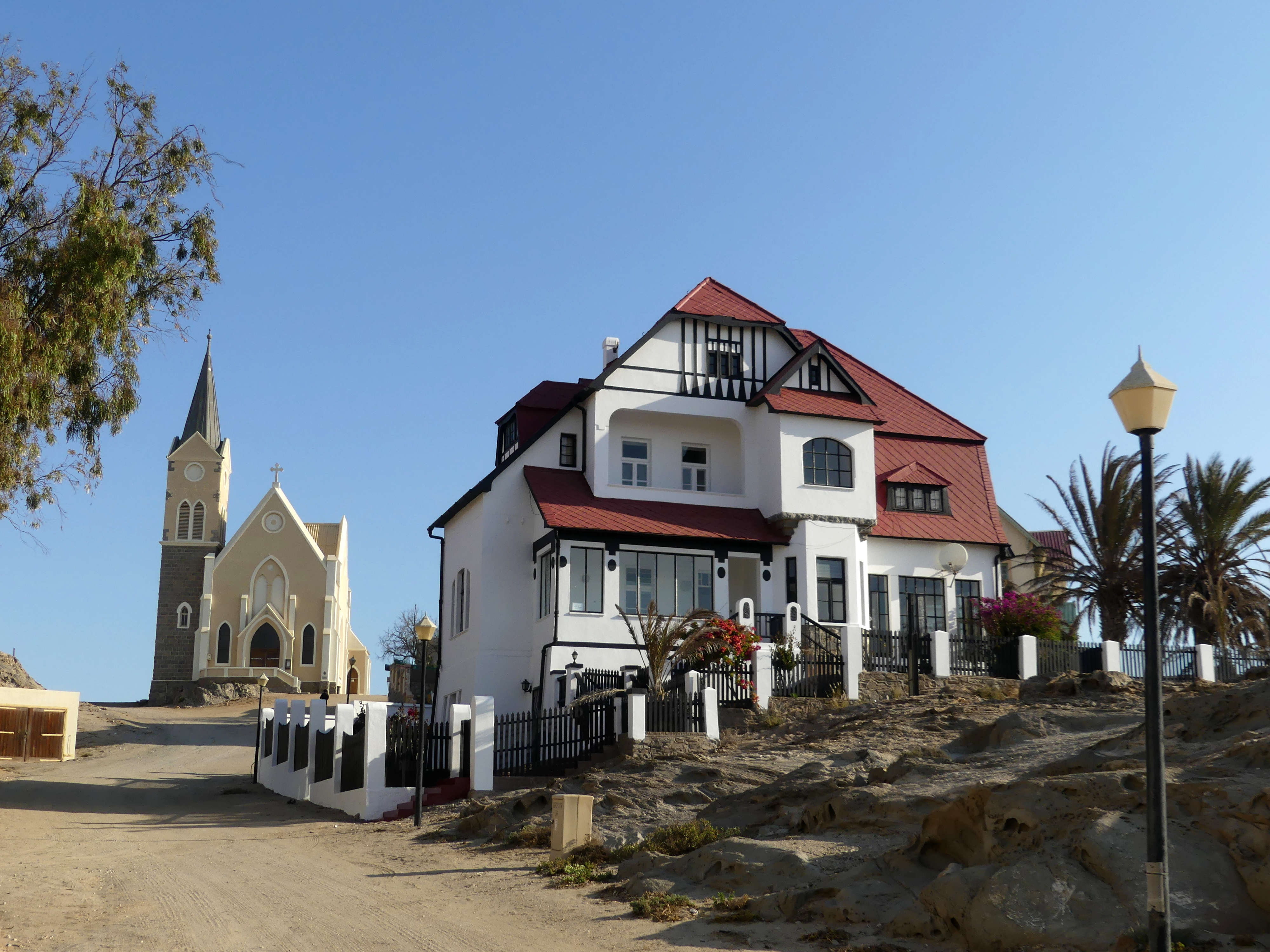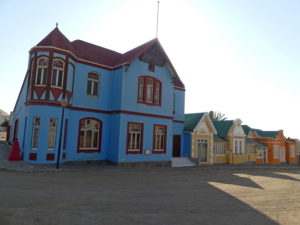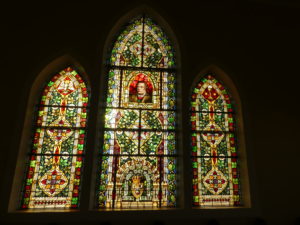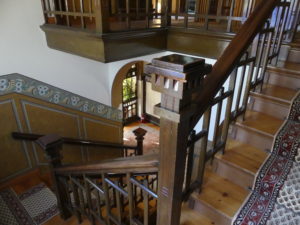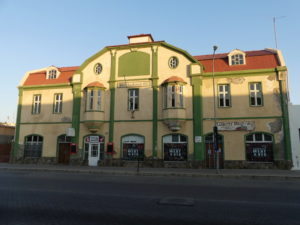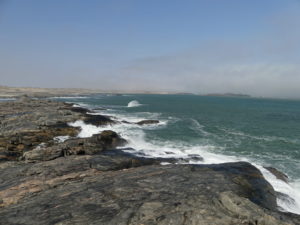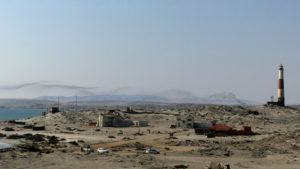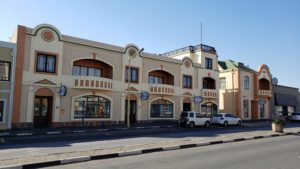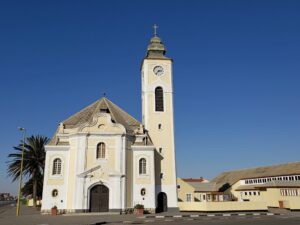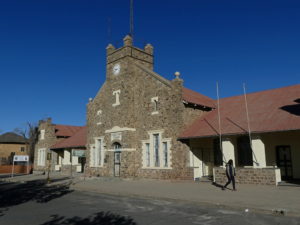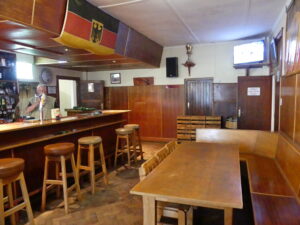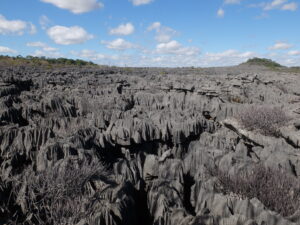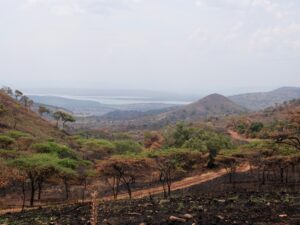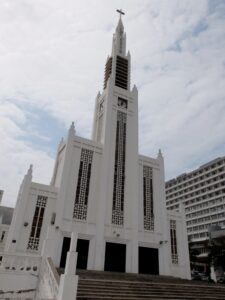In brief: Why was olden German a predominant style within so many Namibian towns? We discovered both the charm and the interesting history during our visit.
How surprising to find olden German within Namibia!
Unlike other European countries, Germany under Bismarck had little interest in colonizing Africa. However, in 1881, a Bremen merchant, Adolf Luderitz, initiated Germany’s vigorous, but short-lived occupation of the region of SW Africa now called Namibia. He began to acquire territory in the region, starting with his purchase of land on the Atlantic coast where he founded the town now called Luderitz.
For the next 35 years, the stark dry deserts made life quite difficult for any hardy settlers trying to farm or ranch. Increasingly hostile local tribes embroiled the country’s military and led to horrible massacres of the native population. The colonialists built towns like coastal Luderitz and Swakopmund, or junctions like Keetmanshoop, as variations of German villages. They added railway service to the interior for trading. The lines are still in place, newly refurbished by Germany.
Guano was long the cash crop on the coast, supplying farmers with fertilizer and the arms industry with the nitrogen-rich dropping of countless birds on off-shore islands. The 1908 discovery of diamonds in the same vicinity (see the post about Kolmanskop) generated a burst of building activity and wealth until Germany ceded its SW African claims to England after WW 1. The Germans who stayed, along with the many German tourists since, have ensured the survival of these century-old towns – along with a zest for German cooking and baked goods. Modern diamond mining and lobster fisheries keep enough money flowing to ensure restoration work.
Luderitz
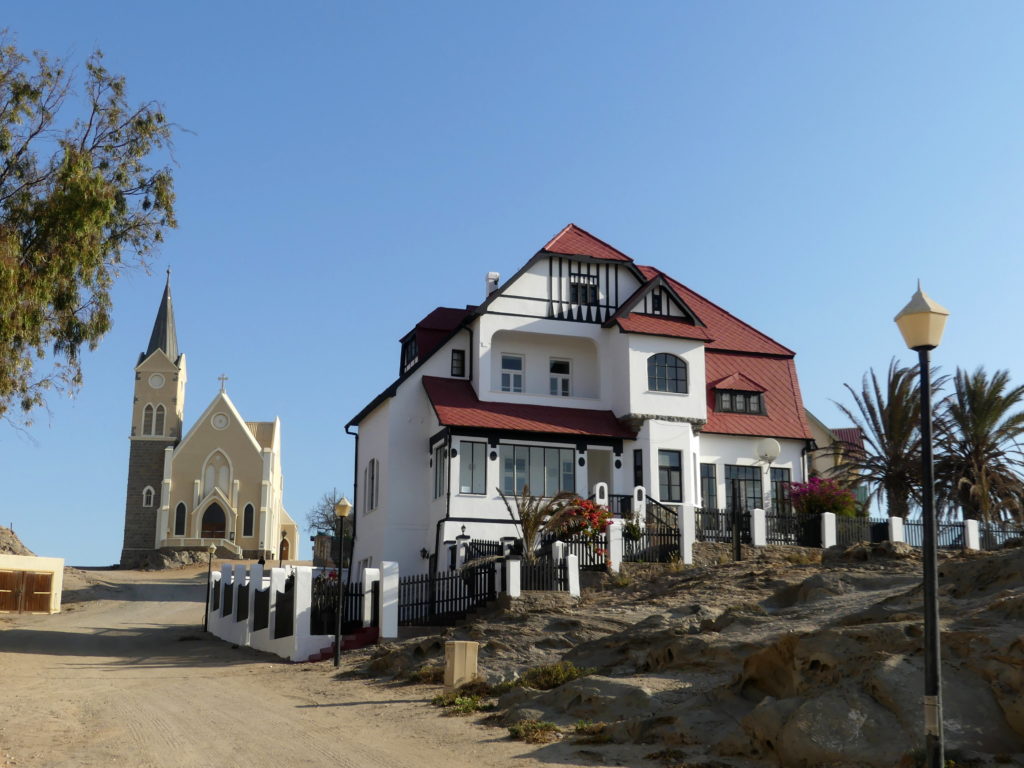
Up on the highest and rockiest bluff of Luderitz, with a commanding view of the bay and the Germanic buildings across town, stands the Felsenkirche, or Church on the Rock, from 1912. Below it is magnificent mansion from the same period.
Luther appears on these splendid stained glass windows in the Lutheran church of Luderitz, a gift from the emperor of Germany. In this church also, a German-speaking descendant of the German settlers (and a teacher in the local primary school) showed us around.
Interior, Goerke House (1910) built on the bluffs by the man who managed the diamond mining company in Luderitz.
On a Luderitz street full of original commercial buildings, this was a trading house from 1912.
Once again, it markets food, as the home of the Meat & Veg store.
The windy shoreline at Dias Point on the Luderitz Peninsula, where we saw the famous fogs roll in. In the distance are the offshore islands which supplied guano to the production of ammunition.
Now they are home to huge colonies of birds like African penguins, gannets and cormorants as well as fur seals.
We were standing on the site where Portugal’s Bartolomeu Dias first landed in Africa in 1488, though it was the land farther to the north that the Portuguese eventually seized as a colony, now Angola.
Swakopmund
We caught up on grocery shopping, car maintenance, laundry, haircutting, and personal business during our stay in Swakopmund, on the Namibian coast north of Luderitz. We must take care of mundane things some time!
Swakopmund was not a bad resting point either. Just to its south are a commercial shipping center and fishery, which make the area quite prosperous. That wealth showed, in the well maintained, century-old buildings dating to the German colonists, and in its immaculate streets and shopping districts. Not to mention the German bakeries throughout the town.
Many come here for the adventure sports more than the atmosphere, hitting the Swakop dunes as we did (see our post) or enjoying the waves and winds of the coastline.
The elegant Lutheran Church of Swakopmund is open for an hour to visit each day, attended by a descendant of the German settlers. He said that the glass windows inside were a gift from Luderitz’s home town, Bremen, but there was not enough money by WW1 to add a Luther window.
Keetmanshoop
Far from the coast, this is the least populous and developed of the German towns we visited. As the first colonial town we saw, however, it seemed quite charming to us.
The old Post Office of Keetmanshoop, connected by rail to Luderitz, is a brick structure like many others in town due to plentiful use of local clay. It’s currently the tourist info centre, ceding its function to a less interesting building, but was closed for renovation.
The bier hall of the former German Club from the heyday of Keetmanshoop, nests in what is now a sprawling hotel and restaurant complex. The photo should have shown the bartender better, as he looked a lot like his predecessors who served drinks during the early 1900s.
(To enlarge any picture above, click on it. Also, for more pictures from Namibia, CLICK HERE to view the slideshow at the end of the itinerary page.)


